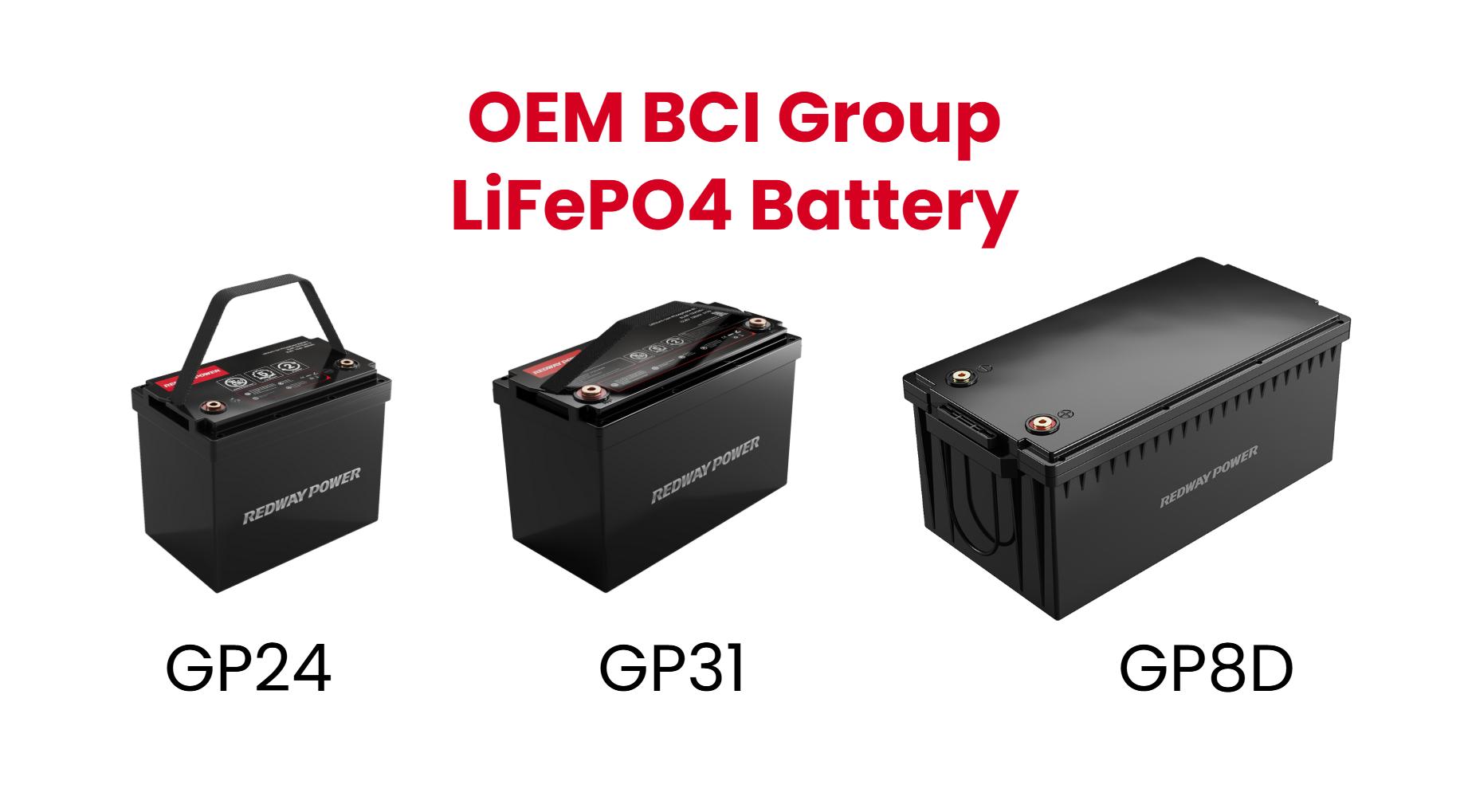
How Are LiFePO4 Battery Suppliers Expanding Global Energy Solutions?
LiFePO4 battery suppliers are rapidly scaling production worldwide, forming strategic partnerships, and deploying advanced energy storage technologies. By localizing manufacturing in key regions and integrating cutting-edge safety and performance features, companies like Redway ESS are enabling more reliable, cost-effective, and sustainable energy solutions for electric vehicles, renewable energy, and industrial applications across the globe.
How Do LiFePO4 Batteries Outperform Traditional Lithium-Ion Options?
LiFePO4 batteries offer superior cycle life, safety, and temperature tolerance compared to conventional lithium-ion cells. With a nominal voltage of 3.2V, they maintain 80% capacity after 6,000 cycles, outperforming traditional cobalt-based batteries limited to 2,000 cycles. Their thermal stability up to 60°C eliminates risks of thermal runaway, and they operate efficiently across -20°C to 60°C, making them suitable for diverse climates.
Recent innovations in nano-structured cathode materials have increased energy density by 18% without compromising safety. Electric buses in tropical regions now leverage LiFePO4 chemistry to operate without active cooling systems. Additionally, the inherent stability of LiFePO4 batteries reduces insurance costs for energy storage projects, as seen in wildfire-prone areas of California.
| Feature | LiFePO4 | Traditional Lithium-Ion |
|---|---|---|
| Cycle Life | 6,000 | 2,000 |
| Thermal Limit | 60°C | 40°C |
| Depth of Discharge | 90% | 70% |
| Temperature Range | -20°C to 60°C | 0°C to 45°C |
Redway ESS utilizes these advancements to deliver lithium batteries for forklifts, golf carts, and EVs that combine longevity, safety, and consistent performance.
What Manufacturing Innovations Are Driving LiFePO4 Cost Reductions?
Modern production techniques have significantly lowered LiFePO4 costs. Dry electrode coating reduces energy use by 47%, while water-free cathode synthesis cuts production time by 33%. Modular gigafactories, such as those implemented by Redway ESS, employ AI-driven quality control, reducing defect rates to 0.2 PPM and increasing output efficiency by over 200% compared to early 2020 levels.
Advanced electrode calendaring achieves thickness tolerances of ±1μm, allowing for higher active material loading. Robotic automation in pack assembly has reached 97% efficiency, installing busbars and welding terminals with micron-level precision. These innovations bring projected production costs to $87/kWh by 2025, down from $145/kWh in 2021.
| Innovation | Impact |
|---|---|
| Dry electrode coating | -47% energy use |
| Water-free cathode | -33% production time |
| Robotic assembly | +97% efficiency |
Which Markets Are Prime Targets for LiFePO4 Expansion?
LiFePO4 batteries are targeting high-growth sectors including South Asian microgrids, European residential solar storage, and North American EV commercial fleets. Suppliers are establishing regional testing centers to adapt batteries for extreme climates, such as monsoon-heavy regions and desert environments exceeding 70°C temperature differentials.
| Region | Market Segment | 2025 Projection |
|---|---|---|
| South Asia | Microgrid Storage | 14.2 GWh |
| Europe | Residential ESS | €9.4B Revenue |
| North America | Commercial EVs | 38% Market Share |
Redway ESS leverages regional manufacturing hubs to ensure faster delivery and climate-adapted battery solutions, supporting both industrial and residential applications.
How Does Localized Production Impact Supply Chain Resilience?
Localized manufacturing reduces shipping costs by 40% and shortens lead times by 58%. Redway ESS’s Morocco facility, integrating local phosphate mining with on-site production, achieves 72-hour order fulfillment across the Mediterranean. Such vertical integration minimizes exposure to geopolitical risks, ensures compliance with local content requirements, and strengthens supply chain resilience in global energy markets.
What Recycling Infrastructure Supports Sustainable LiFePO4 Growth?
Advanced closed-loop systems now recover up to 98% of iron phosphate and 92% of lithium. Redway ESS’s proprietary membrane separation technology achieves 99.9% material purity at significantly lower recycling costs. Compliance with EU regulations requiring 95% recyclability by 2027 drives innovation and investment in sustainable battery lifecycle management.
| Recycling Metric | LiFePO4 | Industry Average |
|---|---|---|
| Material Recovery | 98.7% | 72.4% |
| Energy Consumption | 0.8 kWh/kg | 2.3 kWh/kg |
| Material Purity | 99.95% | 98.2% |
Which Emerging Technologies Enhance LiFePO4 Performance?
Technologies such as silicon-carbon composite anodes increase energy density to 180Wh/kg while preserving cycle stability. Cryogenic electrolytes extend operation to -40°C, and wireless BMS architectures reduce pack weight by 15% while enabling real-time SOC calibration across 20,000+ cells in grid-scale installations.
Redway ESS Expert Views
“The LiFePO4 revolution is reshaping global energy strategies. Our approach blends distributed microfactories with centralized R&D hubs, allowing prototype-to-production cycles in under 72 hours. By 2027, we anticipate LiFePO4 batteries will dominate 68% of stationary storage and 45% of EV deployments worldwide, delivering safe, efficient, and sustainable power solutions for diverse industries.”
— Dr. Elena Voss, CTO, Redway ESS
Conclusion
LiFePO4 battery suppliers are transforming global energy storage through localized production, advanced manufacturing, and recycling innovations. Redway ESS exemplifies this trend by combining efficiency, safety, and sustainability across industrial, residential, and automotive applications. Strategic deployment of LiFePO4 technology ensures reliable energy, reduced carbon footprint, and scalable solutions for the renewable-powered future.
Frequently Asked Questions
How long do LiFePO4 batteries last in solar applications?
They maintain 80% capacity after 4,000 cycles, outperforming lead-acid alternatives and providing over 11 years of reliable operation.
Can LiFePO4 batteries operate in cold climates?
Yes, advanced formulations allow -40°C operation with minimal capacity loss using self-heating circuits.
What certifications do global LiFePO4 suppliers require?
Common certifications include IEC 62619, UL 1973, UN38.3, and region-specific standards like India’s AIS 048, along with ISO 14001 for sustainable manufacturing.
How do LiFePO4 batteries support EV fleets?
They provide long cycle life, thermal stability, and fast charging, making them ideal for medium- and heavy-duty electric commercial vehicles.
Are LiFePO4 batteries recyclable?
Yes, modern recycling systems recover over 95% of lithium and iron phosphate, maintaining high material purity for reuse in new cells.
